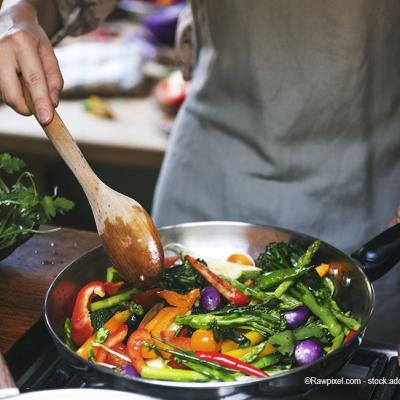Across Europe, holidays have become synonymous with overeating and food waste. While celebrations are marked with a glut of festive fare, latest reports from the United Nations (UN) World Food Programme warn that 45 million people across 43 countries are on the brink of famine.
Back on the farm, the latest data shows a whopping 700 million tonnes of crops are wasted every year in Europe alone. This includes the increased harvest of all the fruit and vegetables we associate with the season – oranges, satsumas, Brussels sprouts, carrots, sage, and onion, not forgetting the humble carrot.
Efforts to reverse this wasteful trend are underway across Europe. One initiative, backed by researchers and industry stakeholders in 11 European countries, is repurposing residues and by-products from the farming and food processing industry for use in products for food, packaging and farming sectors.
In Spain, Alexandra Poch and Cristina Fernandez are working together at IRIS Technology Solutions to cut waste, mainly in the olive and tomato industries. As joint coordinators of the CBE JU-funded AgriMax project, they have overseen the building of two groundbreaking pilot plants in Spain and Italy, to sustainably process the staples of the Mediterranean diet: the olive and the tomato.
From small beginnings deep in the southern European countryside, these facilities are promising to revolutionise the way we use crops and not only eliminate waste, but also put it to good use.
Both factories can use different crops as feedstock, allowing them to run throughout the year and avoiding downtime caused by seasonal fluctuations and variations in yields. Peak olive harvesting time is December, while tomato picking starts in April. Waste crop material will therefore be available even during the winter and festive season.
Seasonal hues from tomato skin and seeds
‘Lycopene, the powerful antioxidant found in tomato skins and seeds, may be destined for the bin, but it is actually a high-value waste product, so it’s extracted by the processing plants,’ said Poch. With its vivid red colour, it’s also a natural colourant. Lycopene can be used to create a palette of super-stable colours for a range of foods and beverages – from carbonated drinks, fruity yoghurts and the tantalising sweets on the holiday table.
When olives are processed, they are pressed to produce olive oil. The solid residue, olive oil pomace, sounds nice but, as a thick sludge, is inedible. The good news for waste recycling is that it is chock-full of chemicals known as polyphenols ‘With antimicrobial and antioxidant properties, polyphenols from olive waste can be incorporated into active packaging,’ outlined Poch.
‘We have demonstrated how unavoidable crop and food processing waste can be turned into multiple, high-value bio-based products for the food ingredients, food packaging and farming sectors, even at Christmas,’ said Poch.

